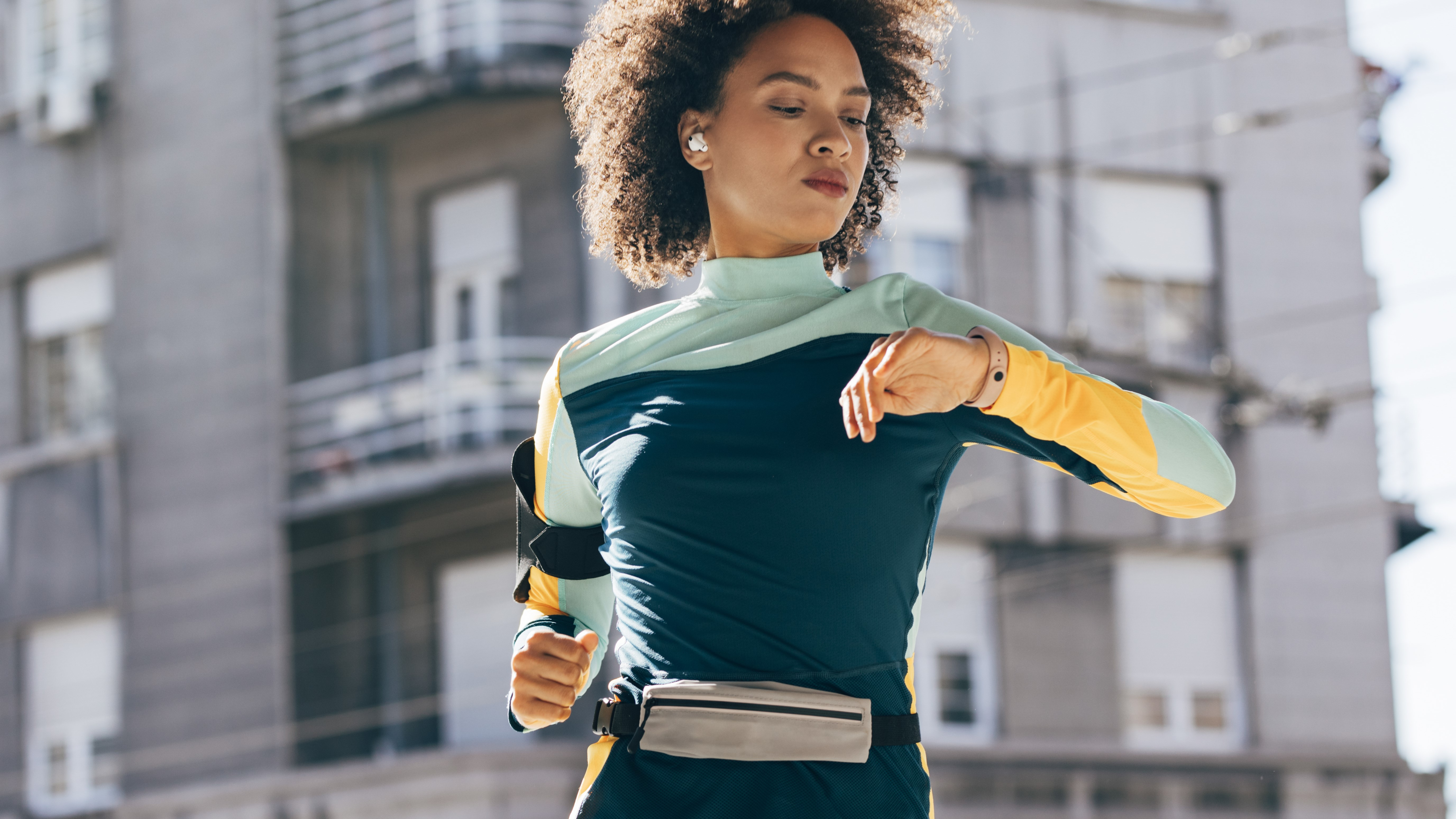Apple's new Double-Tap feature works brilliantly – and Garmin should take note
Garmin is moving in the right direction when it comes to accessibility, and one-handed operation would make a lot of sense

I'm currently testing the Apple Watch Ultra 2, and so far I'm enjoying it a lot. The screen of last year's watch was already impressive, but the new display is even brighter, making it easier to read in direct sunlight and allowing it to function as an effective flashlight at night. The new S9 SiP chip is faster (particularly when it comes to using Siri), and although the case looks the same, it's now made from 95% recycled titanium. In fact, if you pick the Alpine or Trail Loops strap, the whole watch is carbon neutral.
My favorite feature, however, is the Double Tap gesture control, made possible by that new processor. It won't be launched until next month, but I had the opportunity to try it at Apple's London HQ last week. Just raise your write to look at the watch screen, tap your forefinger and thumb together twice to perform the primary action on screen. That might be answering a call, cancelling a timer, or opening the Smart Stack.
It feels natural, with the watch registering the gesture almost instantly, and it got me thinking about how it could be used for workout tracking. I don't yet know which apps Double Tap will work with (if you try to use it when it's not supported, a wobbling icon will appear on screen to inform you), but it could be extremely handy for pausing and restarting an activity, logging a lap, or switching between data views.
This isn't Apple's first take on gesture controls. Two years ago, watchOS 8 introduced a feature called AssistiveTouch, which allowed you to use a handful of gestures to control your device one-handed. It was a solid start, but as this video from the5krunner demonstrates, it was quite limited and perhaps most frustratingly, worked differently for every workout app on your watch.
By contrast, Double-Tap is a single gesture that's more deeply integrated into the watch's operating system. It's also much faster and more reliable, using not only the watch's accelerometer to detect movement, but also the optical heart rate monitor to pick up changes in blood flow.
Watch this space
Gestures aren't something that Garmin has really explored so far. Right now, your Garmin watch will detect when you've raised your arm and turn on the backlight or switch on the display (depending on whether it has a MiP or OLED screen), but that's about it. Although this setting is described as 'Gesture Mode', it can't perform any other functions.
Of course, gestures are a tricky matter when it comes to sports, where your hands and arms are likely to be moving, so any gestures would need to be very specific and unlikely to be enabled by accident. They might need to be specific to particular sports tracking modes. For example, anything that involves tapping fingers might work for running, but not to much for cycling when you don't always want to take your hand off the handlebars.
Advnture Newsletter
All the latest inspiration, tips and guides to help you plan your next Advnture!
It will be interesting to see whether Garmin follows Apple's lead with gesture input, potentially as an accessibility feature. The new Garmin Venu 3 and Vivoactive 5 both have a new mode that adapts activity tracking to suit wheelchair users, and the option to choose a larger font size for easier reading. Gesture controls would be a natural progression, making the company's watches more useful for a wide range of people with different needs.
- The best GPS watches: top devices from Apple, Garmin and more tested

Cat is Homes Editor at TechRadar and former editor of Advnture. She's been a journalist for 15 years, and cut her teeth on magazines before moving online. She helps readers choose the right tech for their home, get the best deals, and do more with their new devices.
